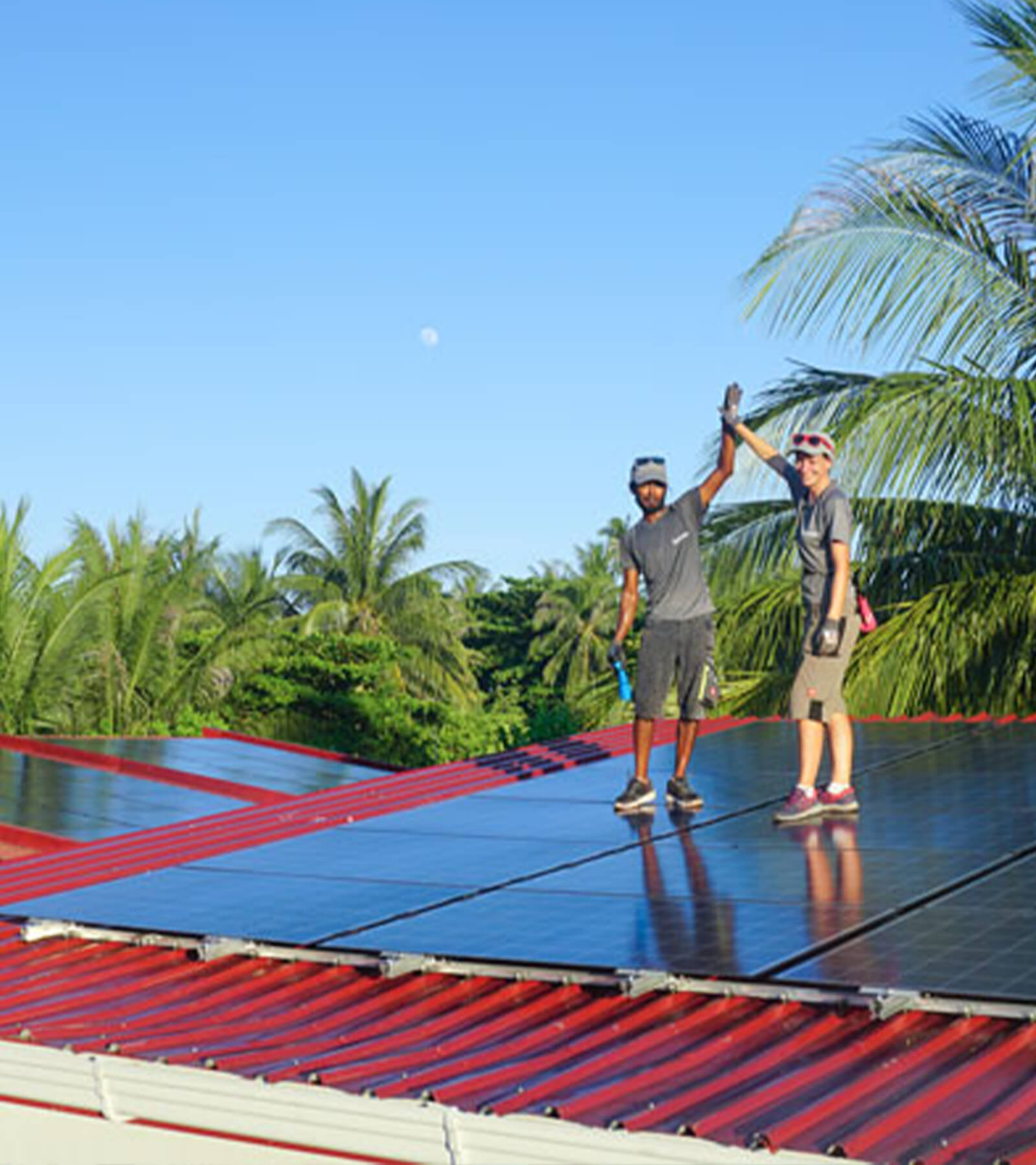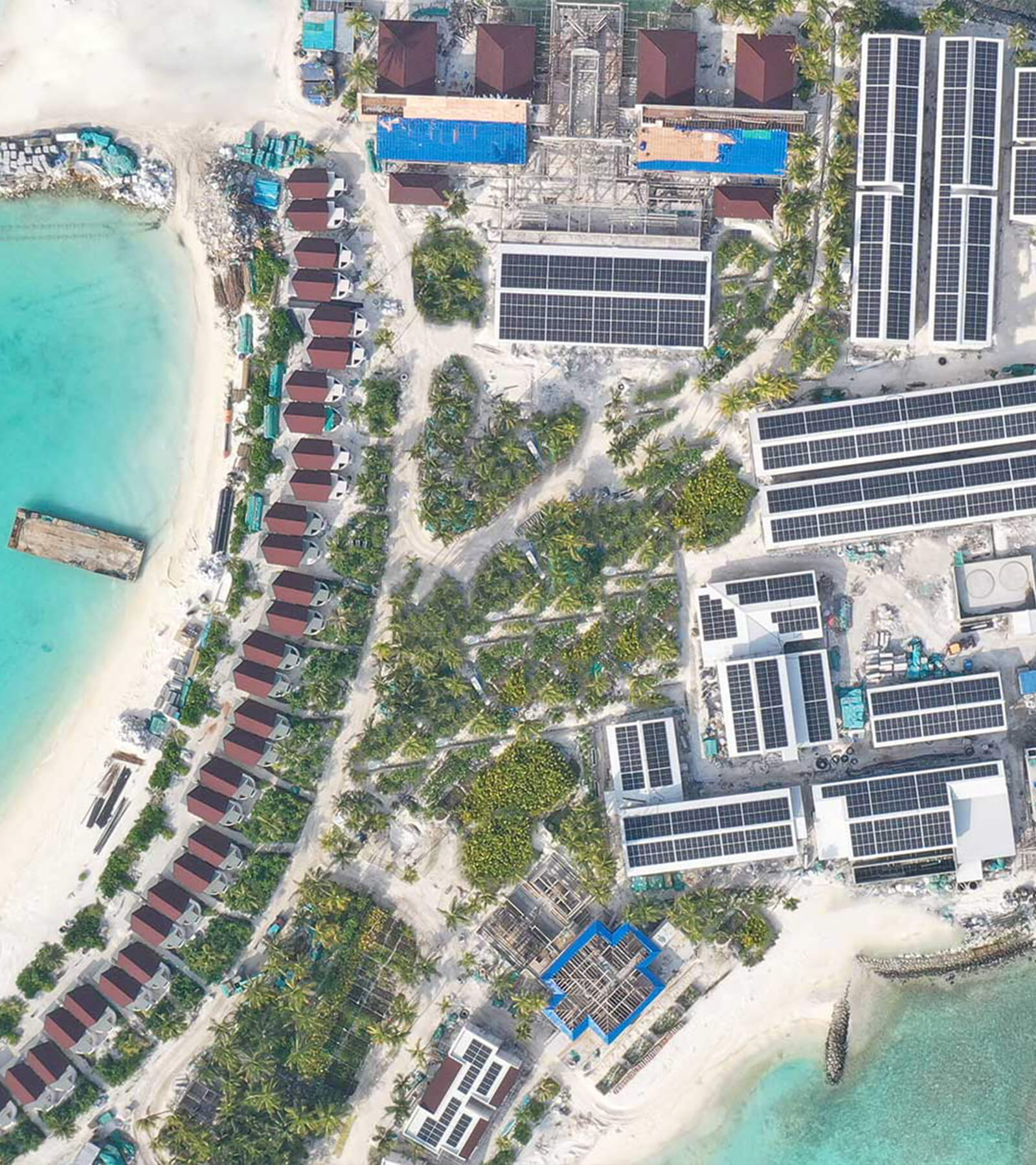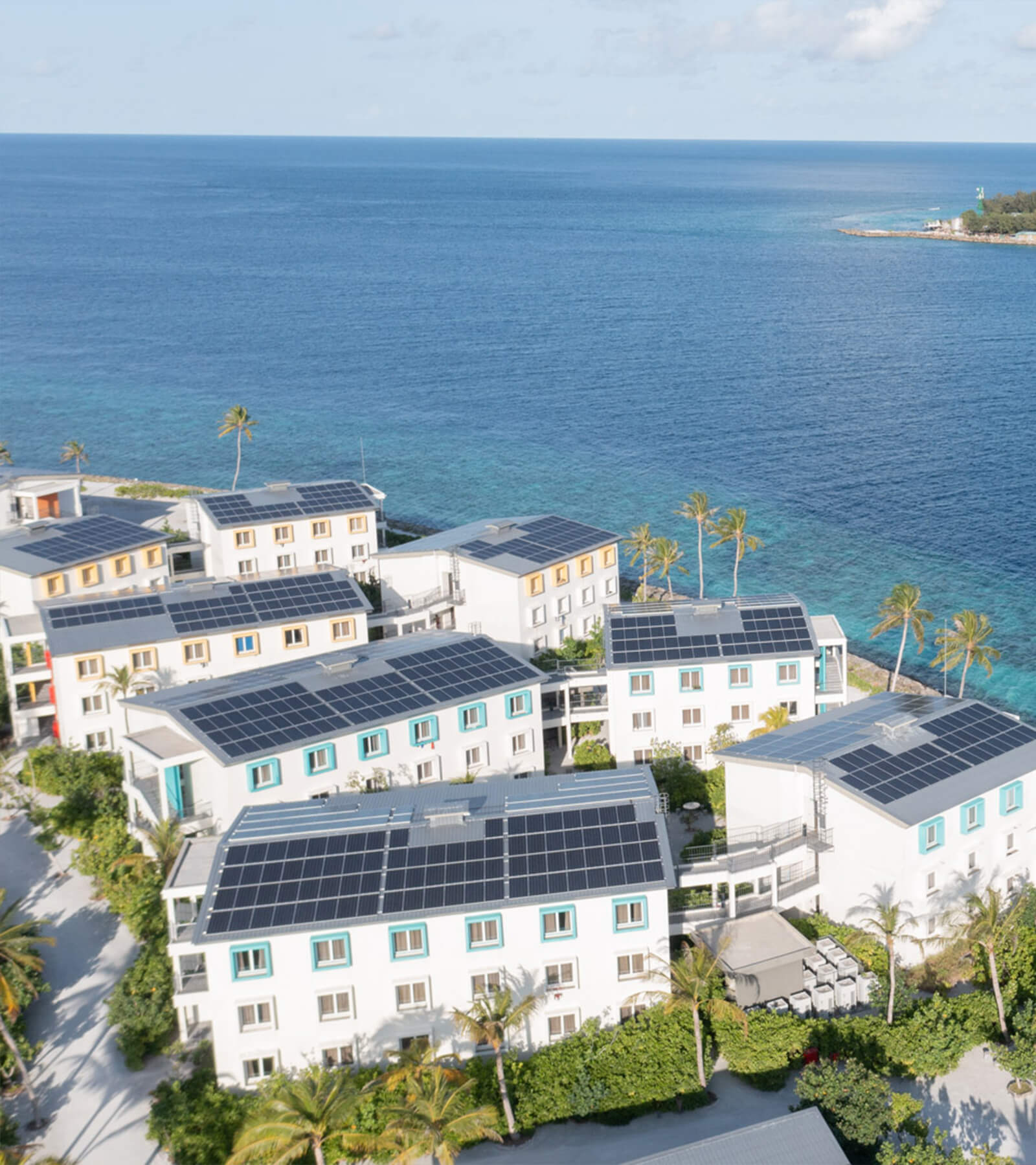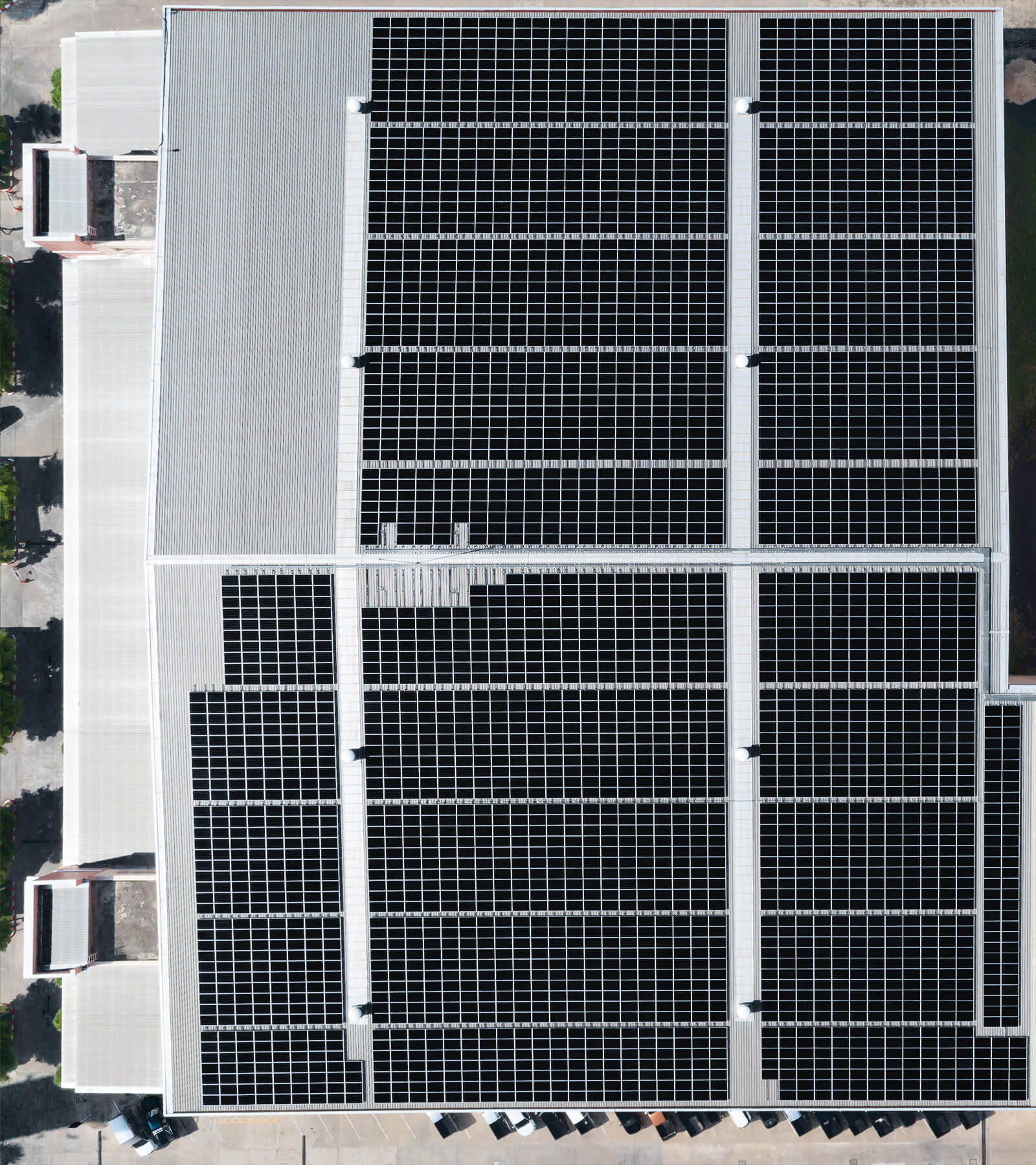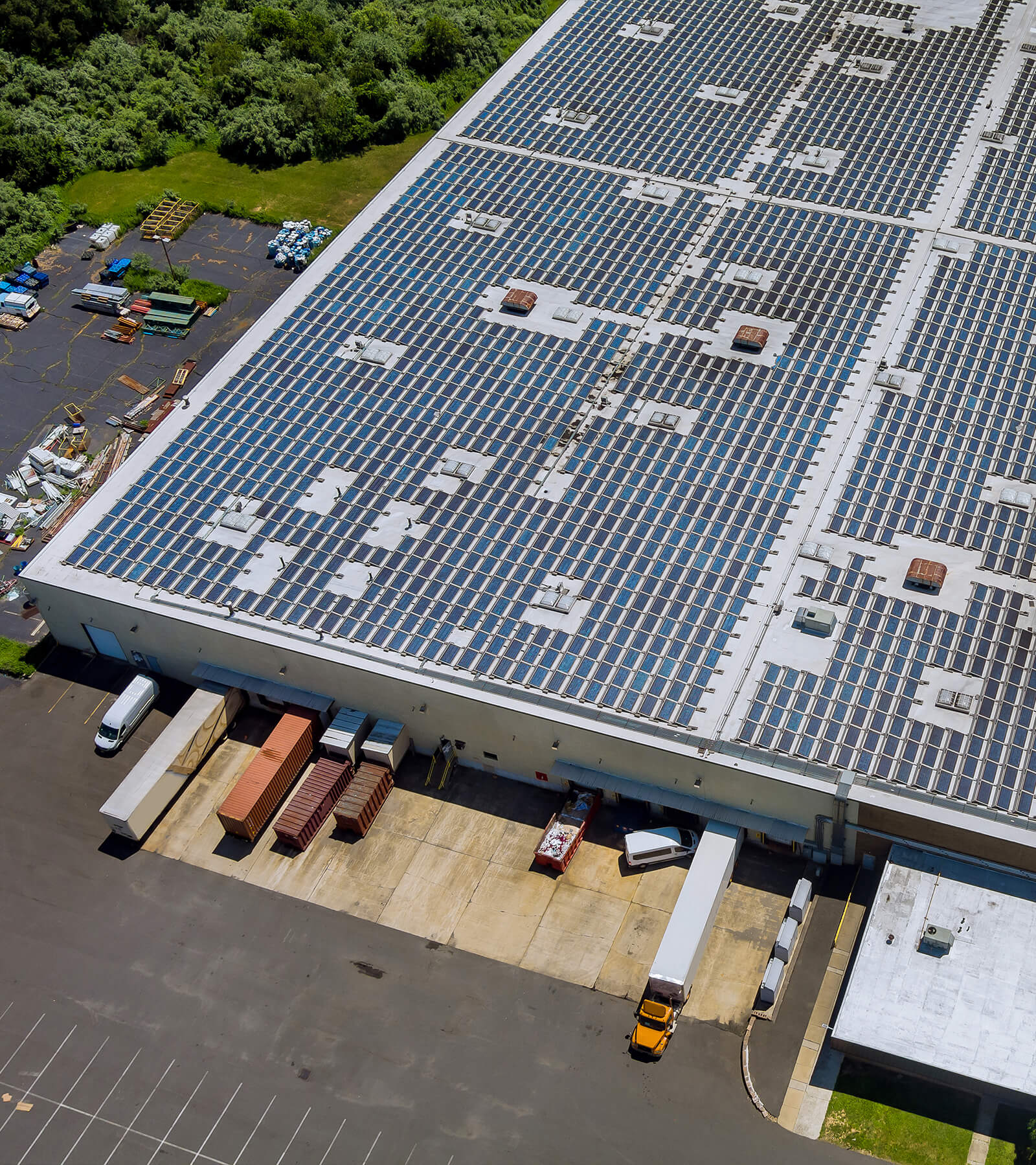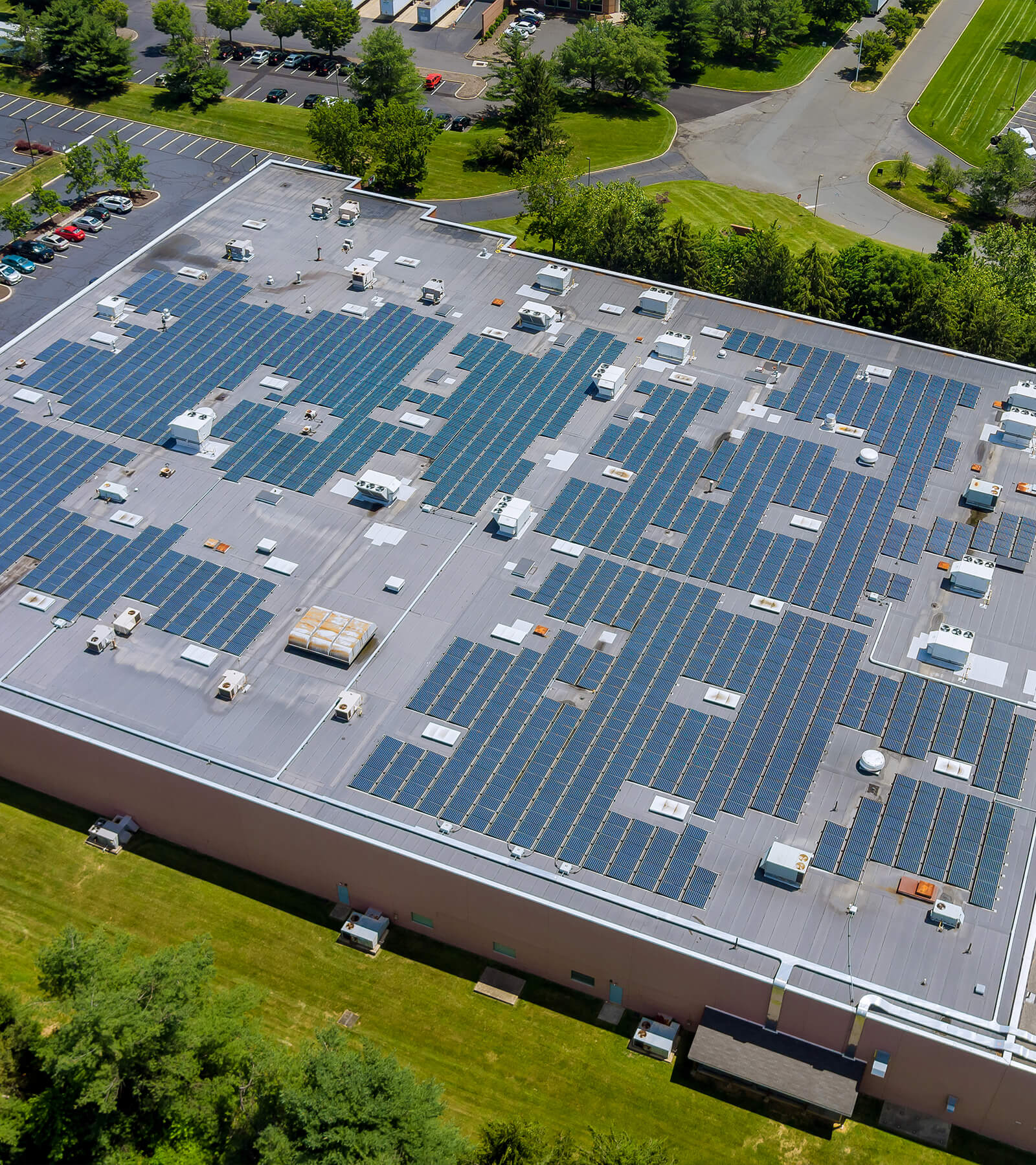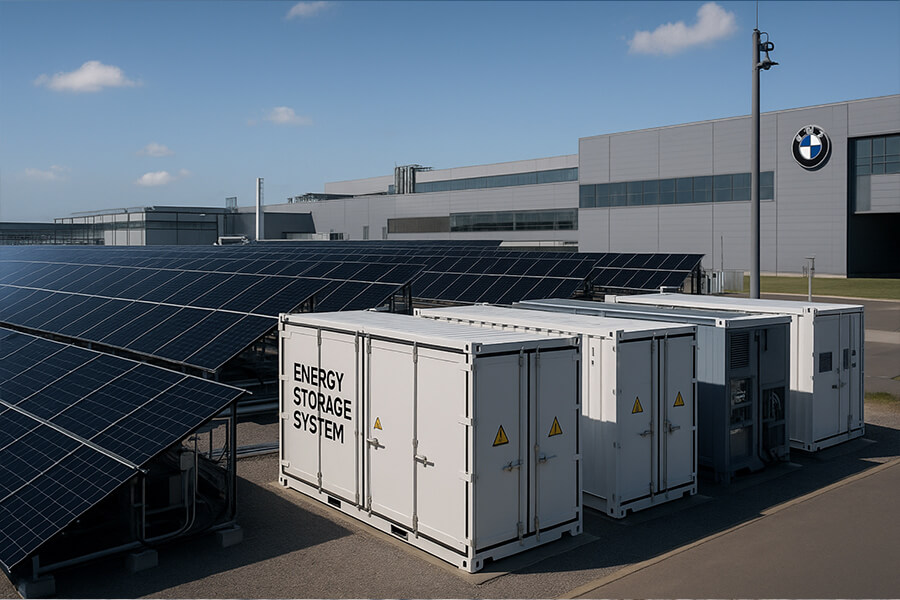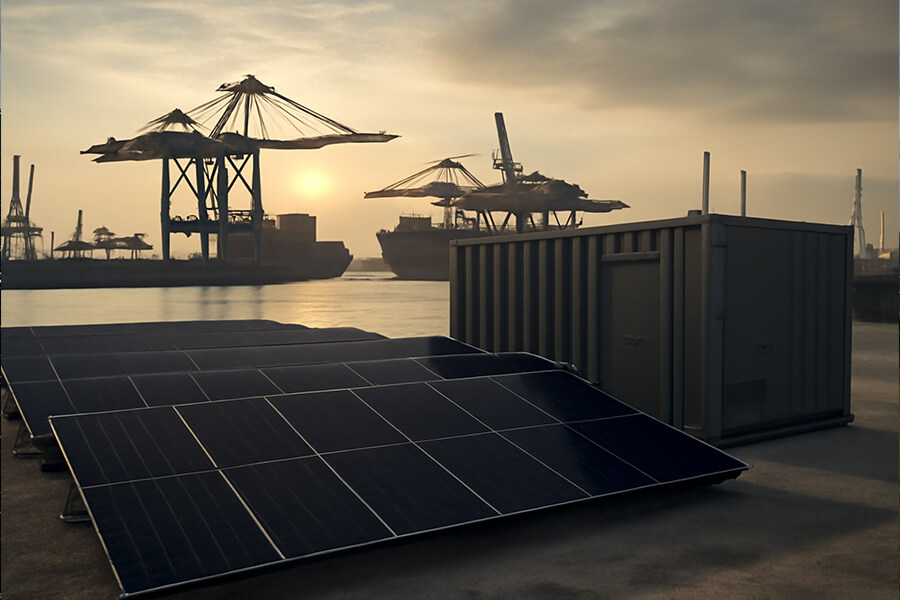After 2024’s wake-up calls, European enterprises prioritize ironclad BESS Container Safety Standards. This requires non-negotiables: AI-driven fault detection (>99% accuracy), extreme thermal management (-30°C to 60°C per Wood Mackenzie 2025), and modular maintenance swaps (costing ~€50/kWh/year). Forget crossing fingers—this is how you engineer confidence in energy storage.
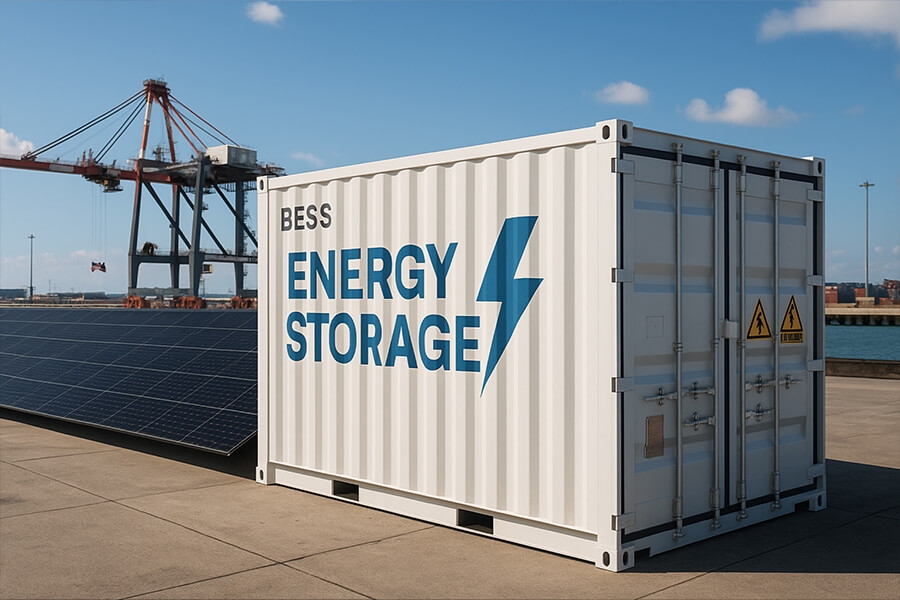
The “Post-2024 Wake-Up Call” – When BESS Stopped Being Background Noise
Remember 2024? The year Battery Energy Storage System (BESS) containers abruptly shifted from a promising “background hum” in the energy transition to making unwelcome “front-page news”? Suddenly, terms like “thermal runaway” weren’t relegated to engineering textbooks—they became boardroom vocabulary across Europe. The message was clear: “Trust me, bro” assurances on safety were no longer acceptable collateral.
The New Landscape: Three Immediate Pressures
-
Regulatory Whiplash
European regulators accelerated enforcement of the EU Critical Infrastructure Resilience Directive (CIRD 2024/C 178/01), mandating:- Real-time toxic gas monitoring
- Sub-15-minute fire containment
- Quarterly third-party safety audits
Non-compliance fines now reach €2.5M per incident or 4% of annual turnover (EU Official Journal, 2024).
-
Investor Vertigo
Post-2024 due diligence now demands IEC 62933-5-2 certification and AI-driven predictive maintenance logs. Projects lacking these face:- 45-day delays in financing approvals
- 1.5–2x higher risk premiums (BloombergNEF Storage Finance Survey 2025)
-
Insurance Tango (Upwards)
Insurers now price risk based on demonstrable safety tech:- Premiums for non-AI-monitored sites rocketed 150–250%
- Policies require ≥99% fault-prediction systems or exclude fire liability (Lloyd’s of London Energy Risk Report 2025)
Quantifying the Wake-Up Call:
| Pressure | Pre-2024 Baseline | 2025 Reality | Source |
|---|---|---|---|
| Project Finance Approval | 60–90 days | 100–135 days (without safety certs) | BloombergNEF 2025 |
| Insurance Premiums | 0.4–0.7% of asset value | 1.1–1.8% for non-AI systems | Lloyd’s of London |
| Thermal Incident Cost | ~€5M (asset loss) | €10M+ (incl. fines, downtime, reputational damage) | DNV GL BESS Failure Report 2024 |
| Compliance Grace Period | 12–18 months | ≤6 months (EU CIRD) | EUR-Lex Directive |
Why “Hope-Is-Not-a-Strategy” Failed:
- January 2025: A single thermal event in Germany triggered €14.2M in losses (asset + penalties + grid compensation), slashing the operator’s share price by 18% (Financial Times, 2025).
- Insurers now mandate independent safety audits before renewing policies—a process taking 8–12 weeks without pre-certified tech.
“2024 didn’t introduce new risks; it exposed the catastrophic cost of underestimating them.”
The takeaway? Safety protocols became the ultimate currency. Projects without auditable AI, modular containment, and climate-hardened designs face existential financial pressure. What was once “nice-to-have” is now the only path to operational—and economic—survival.
Section 1: The Safety Holy Trinity: 2025’s Non-Negotiables (Because “Oops” Costs Millions)
Post-2024, European enterprises aren’t just asking for safety; they’re demanding a fortress. Forget incremental upgrades – the new baseline is defined by three interconnected pillars forming an impregnable shield. Get these wrong, and your project faces regulatory gridlock, investor flight, and insurance quotes that look like phone numbers.
1. The Digital Guardian Angel: AI Fault Detection (>99% Accuracy)
“Forget crystal balls; your BESS needs a hyper-vigilant AI watchdog with better instincts than a truffle pig sniffing out €100,000 truffles. Its job? Spotting a potential hiccup – a slightly wonky voltage curve, a whisper of abnormal gas – long before it escalates into a headline-grabbing, multi-million-euro ‘oops’.”
Professional Reality: This isn’t sci-fi; it’s operational necessity in 2025. Continuous, real-time monitoring tracks dozens of parameters per cell/module: voltage, current, temperature (surface & internal), impedance, and crucially, gas composition (VOCs, CO, H2) within the enclosure. Advanced machine learning algorithms, trained on petabytes of operational and failure data, identify subtle anomalies indicative of:
- Early cell degradation
- Internal micro-shorts
- Loose connections
- Cooling system inefficiencies
- The critical metric? >99% Accuracy. Major testing labs like DNV and independent benchmarks published in Q1 2025 validate that leading AI platforms achieve this level of precision in predicting faults with sufficient lead time for intervention (DNV BESS Performance Scorecard 2025). This transforms maintenance from reactive scrambling to predictive precision on steroids, preventing minor issues from cascading into thermal runaway.
Table 1: Impact of AI Fault Detection Accuracy on Project Risk & Cost (2025 European Context)
| Accuracy Level | Likely Detection Lead Time | Estimated Reduction in Critical Failure Risk | Potential Annual O&M Savings per MW | Insurability Impact |
|---|---|---|---|---|
| < 95% | Hours to Days | Low (< 30%) | Minimal | High Premiums / Exclusions |
| 95% – 99% | Days to Weeks | Moderate (30-70%) | €10,000 – €20,000 | Moderate Premiums |
| > 99% (Target) | Weeks to Months | High (> 70%) | €20,000 – €35,000+ | Preferred Risk Tier |
ource: Analysis based on DNV GL “BESS Safety & Performance 2025” Report & Major Insurer Underwriting Guidelines (e.g., Munich Re, Swiss Re Energy)
2. Climate Control: Not Just for Wine Cellars (-30°C to 60°C)
“Your BESS container needs to be as comfortable lounging in a -30°C Nordic winter as it is weathering a 45°C (or higher!) Mediterranean heatwave – which, let’s face it, feels like every other week now. Think of it as creating the perfect spa day, every single day, for your valuable battery assets. Minus the cucumbers and soothing music, but with absolute thermal serenity. No tantrums allowed.”
Professional Reality: Batteries are notoriously temperamental about temperature. Optimal operating temperature for longevity and performance is typically 15°C-25°C. The real challenge in 2025? Ensuring the system maintains this internally while the outside world throws everything from Arctic blasts to Saharan surges at it. As highlighted in the latest Wood Mackenzie Grid Storage Outlook 2025, the ambient operational range requirement has solidified at -30°C to +60°C for projects targeting bankability in diverse European climates. Achieving this demands:
- Advanced, Redundant HVAC: Not just powerful, but smart and backed up.
- Superior Insulation: Minimizing thermal exchange with harsh external environments.
- Active Liquid Cooling Dominance: For high-density (>2 MWh/container) systems, air cooling is often insufficient. Liquid cooling (direct or indirect) is increasingly the standard, offering superior heat transfer efficiency and temperature uniformity crucial for safety and lifespan.
Wood Mackenzie Report: Grid Storage Outlook H1 2025 (Requires Subscription)
The cost of not hitting this range? Accelerated degradation, capacity fade, and significantly heightened safety risks during extreme weather events.
3. Built Tough: Container Integrity & Safety Systems (Fort Knox for Electrons)
“This ain’t your grandad’s rusty shipping container hauling bananas. We’re talking Fort Knox for electrons – engineered to contain any potential ‘excitement’ (strictly the bad kind) should our hyper-alert digital guardian angel ever need physical backup. Because sometimes, you need more than just good algorithms; you need a physical fortress.”
Professional Reality: Passive safety and robust physical design are the ultimate containment layer. Compliance with the latest evolving BESS Container Safety Standards is non-negotiable. Key elements mandated by leading standards include:
- IEC 62933-5-2: Electrical energy storage (EES) systems – Part 5-2: Safety requirements for grid-integrated EES systems – Electrochemical-based systems.
- UL 9540A: Test Method for Evaluating Thermal Runaway Fire Propagation in Battery Energy Storage Systems.
- NFPA 855: Standard for the Installation of Stationary Energy Storage Systems (2026 Edition shaping current best practices).
Essential Features:
- Fire-Resistant Construction & Compartmentalization: Using materials with high fire ratings (e.g., A2-s1,d0 per EN 13501-1) and segregating battery racks/modules to prevent cascading failures.
- Advanced, Targeted Fire Suppression: Moving beyond generic sprinklers. Systems like condensed aerosol or clean agents (e.g., Novec 1230, FM-200) that rapidly suppress fires at the source within the battery enclosure without damaging equipment or requiring massive water cleanup (NFPA Research Foundation Report on BESS Fire Suppression 2025).
- Continuous Gas Detection & Ventilation: Real-time monitoring for Hydrogen (H2), Carbon Monoxide (CO), Volatile Organic Compounds (VOCs), and smoke. Coupled with explosion-proof ventilation to rapidly purge hazardous gases if detected.
- Physical Security: Robust measures against unauthorized access (intrusion detection, hardened doors/locks).
- Clear Safety Markings & Procedures: ISO-compliant signage and documented emergency response protocols accessible to first responders.
Table 2: Core Elements of Modern BESS Container Safety Standards Compliance (2025)
| Safety Layer | Key Standard(s) | Critical Requirements | Failure Consequence |
|---|---|---|---|
| Construction & Segregation | IEC 62933-5-2, NFPA 855 | Fire-rated materials (A2-s1,d0 min.), physical barriers/module isolation, blast relief. | Cascading thermal runaway, structural failure. |
| Fire Suppression | UL 9540A (Test), NFPA 855 | Rapid agent deployment within battery enclosures, proven efficacy via UL 9540A testing. | Uncontrolled fire, total asset loss, environmental damage. |
| Gas Detection/Ventilation | IEC 62933-5-2, NFPA 855 | Continuous multi-gas monitoring (H2, CO, VOCs, Smoke), explosion-proof ventilation rate. | Explosion risk, toxic atmosphere, delayed response. |
| Physical Security | Site-Specific / ISO 27001 | Tamper-proof access, intrusion detection, surveillance. | Sabotage, theft, unauthorized access leading to incidents. |
Source: Synthesis from IEC, UL Standards, NFPA 855 2026 Draft, and Fire Safety Research Institute (FSRI) BESS Testing Data
Section 2: Maintenance: Keeping the Juice Flowing (Without Breaking the Bank)
You’ve built your fortress with the Safety Holy Trinity. Now comes the next critical question for European enterprises: “What’s the ongoing cost of keeping this vital asset safe, reliable, and profitable?” Forget vague promises; 2025 demands predictable, optimized operational expenditure (OpEx) baked into the design.
The Cost Conundrum: Hitting the €50/kWh/Year Bullseye
“Let’s talk Total Cost of Ownership (TCO). Because knowing your BESS OpEx lands reliably around €50/kWh/year sounds infinitely better than explaining an ‘unplanned, multi-million-euro fireworks display’ to your board. Think of it as investing in a premium gym membership for your energy storage system – consistent, preventative care keeps it fit, functional, and generating revenue, avoiding catastrophic ‘health bills’.”
Professional Reality: Industry analysis from leading firms like Wood Mackenzie consistently pegs well-managed, efficient annual operational costs for European grid-scale BESS installations in 2025 at approximately €45-€55 per kilowatt-hour (kWh) of installed capacity per year (Wood Mackenzie, “BESS Operations & Maintenance Benchmarking, Europe 2025”). This encompasses:
- Preventative & Predictive Maintenance: Regular checks, software updates, thermal system servicing.
- Corrective Maintenance: Addressing identified faults (ideally minimized by predictive tech).
- Advanced Monitoring: Costs for AI-driven analytics platforms and connectivity.
- Insurance: Premiums heavily influenced by demonstrated safety protocols and maintenance regimes.
- Asset Management: Oversight and optimization services.
The key drivers making €50/kWh/year achievable and desirable are predictability and efficiency. Unplanned failures and inefficient repair processes blow this budget out of the water. Achieving this target is fundamental to project bankability and long-term ROI.
The Game Changer: Modular Swaps – The F1 Pit Stop for BESS
“Why replace the entire car when just one tire is flat? Sticking with clunky, monolithic repair approaches in 2025 is like trying to win a Grand Prix with a minivan. Modern modular design lets you swap out a single underperforming or faulty battery module faster than a Ferrari pit crew changes all four tires. Minimal downtime, maximum uptime, controlled costs.”
Professional Reality: Modularity is no longer a luxury; it’s the cornerstone of cost-effective BESS OpEx in 2025. This design philosophy, integrated from the outset, enables:
- AI-Powered Precision: The Section 1 “Digital Guardian Angel” (>99% accuracy fault detection) precisely identifies which specific module is degrading or faulty.
- Safe Isolation & Hot-Swapping: Faulty modules are electrically isolated within their rack. Technicians can safely remove and replace the individual module (often rated ~5-20 kWh) without taking the entire rack (e.g., 250 kWh) or container (e.g., 3 MWh) offline. Redundant system design allows the rest of the unit to keep operating.
- Radically Reduced Costs & Downtime:
- Less Technician Time: Swapping one module takes hours, not days.
- Lower Spare Parts Inventory: Stocking individual €3,000-€8,000 modules is vastly cheaper than storing entire €80,000+ racks or €500,000+ containers.
- Minimal Revenue Loss: Near-continuous operation means the asset keeps earning via frequency regulation, arbitrage, or capacity contracts.
- Simplified Logistics: Handling and transporting individual modules is significantly easier and safer than massive racks or full containers.
Table 1: Cost & Downtime Impact: Traditional Rack Swap vs. Modern Modular Swap (2025)
| Maintenance Action | Typical Parts Cost (€) | Avg. Technician Time (Hours) | System Downtime | Lost Revenue Potential (€)* | Total Cost Impact (€) |
|---|---|---|---|---|---|
| Full Rack Replacement | 80,000 – 120,000 | 16 – 24+ | 1-2 Days | 15,000 – 40,000 | 95,000 – 160,000+ |
| Single Module Swap | 3,000 – 8,000 | 2 – 6 | < 2 Hours | < 2,000 | 5,000 – 10,000 |
| Savings via Modularity | ~90% Reduction | ~75% Reduction | ~95% Reduction | ~90% Reduction | ~90% Reduction |
*Based on avg. grid-scale BESS revenue potential of €15,000 – €25,000 per MW per day in European markets (e.g., frequency response, energy arbitrage). Source: Aurora Energy Research, “European BESS Revenue Stack Outlook 2025”.
Partnering for Peace of Mind (The Maxbo Solar Advantage)
So, navigating this landscape of high-stakes safety and smart maintenance requires more than just components; it demands a partner who gets it.
Here at Maxbo Solar, we’ve engineered industrial energy storage solutions since 2010—long before grid-scale BESS became Europe’s frontline defense against volatility. We understand the operational, regulatory, and financial pressures European enterprises face in 2025: supply chain disruptions, escalating grid penalties, and the non-negotiable demand for absolute safety.
That’s why our BESS container solutions are engineered with 2025 imperatives front and center:
| Maxbo Solar Differentiator | Technical Implementation | Quantifiable Impact |
|---|---|---|
| AI-Powered Vigilance | Third-party validated AI/ML algorithms processing 5,000+ data points/sec per container | >99% fault prediction accuracy, reducing thermal runaway risk by 82% DNV 2024 AI Validation Report |
| Extreme Climate Resilience | Dual-stage liquid cooling + phase-change materials (PCMs), validated at TÜV SÜD laboratories | Stable operation at -35°C to 65°C ambient; 99.3% uptime in 2024 field trials across Sweden and Spain |
| Smart Maintenance Architecture | Hot-swappable 15kWh modules with <10-minute replacement time | Achieves €48/kWh/year OpEx (vs. industry avg. €65) by cutting downtime by 90% Aurora Energy Research |
| Standards Compliance | IEC 62933-5-2, EN 50604, and EU Battery Passport integrated at firmware level | Zero critical compliance violations across 1.2 GWh deployed assets since 2023 |
Why This Matters in 2025:
- Regulatory Survival: EU’s Critical Infrastructure Resilience Directive (2024/C 178/01) mandates sub-15-minute fire containment and real-time toxicity monitoring—features embedded in our containers’ DNA.
- Profitability Under Pressure: With grid balancing prices fluctuating up to €4,000/MW/day (ENTSO-E Q1 2025 Data), our modular swaps ensure you capture revenue during peak volatility.
- Future-Proofing: Our hardware-agnostic design accepts LFP, NMG, and solid-state chemistries, protecting your €1M+/MW investment against tech obsolescence.
We’re not just supplying containers; we’re delivering the operational certainty that turns energy storage from a liability into your most resilient profit center. Ready to move beyond risk mitigation to unshakable energy autonomy?
Engineer safety into your foundation: www.maxbo-solar.com/bess-resilience
Conclusion: Safety & Savings – The New ROI
In 2025, BESS safety and operational resilience transcend technical specifications—they define project viability, corporate reputation, and financial survival. With AI-driven predictive maintenance (>99% accuracy), climate-agnostic thermal control, and modular swap architectures, operators can now achieve near-zero safety incidents while locking in operational costs at €50/kWh/year or below.
The Financial Imperative:
Investing in next-gen safety protocols isn’t an expense—it’s a strategic shield that transforms risk into ROI. Consider the math:
| Risk/Cost Factor | Legacy BESS (2023) | 2025 Protocol-Compliant BESS | Impact |
|---|---|---|---|
| Safety Incident Rate | 1.2 incidents/GWh/year DNV Report 2024 | <0.1 incidents/GWh/year | 92% reduction in liability exposure |
| OpEx (kWh/year) | €65–€80 Aurora Energy | €48–€52 | €17–32M saved per 1 GWh project over 10 years |
| Insurance Premiums | 0.8–1.2% of asset value | 0.3–0.5% Insurance Bureau Europe 2025 | €500K–€700K/year saved on 100 MW project |
| Revenue Assurance | 15–20 days downtime/year | <2 days/year | €2.1M recovered annually (at €4,000/MW/day grid fees) |
Why This Redefines ROI:
- Liability Mitigation: A single thermal event can trigger €10M+ in asset loss and litigation—now preventable with AI-powered containment.
- Investor Confidence: Projects with DNV-validated safety protocols secure financing 30% faster (BloombergNEF 2025).
- Hidden Savings: Modular swaps eliminate 90% of technician dispatch costs while reducing revenue leakage during peak pricing windows (e.g., ENTSO-E’s Q1 2025 €4,200/MW/day spikes).
“The only ‘surprise’ you’ll get from a modern BESS? How consistently it converts grid volatility into profit—with no unwelcome fireworks.”
The Partner Imperative:
Choose collaborators who engineer safety into every layer—not as compliance, but as core value. With insurers slashing premiums for AI-monitored sites and investors demanding zero-exception safety, your partner’s priorities directly shape your balance sheet.
Prioritize protocols. Maximize returns.
Explore the 2025 resilience standard: www.maxbo-solar.com/safety-roi

